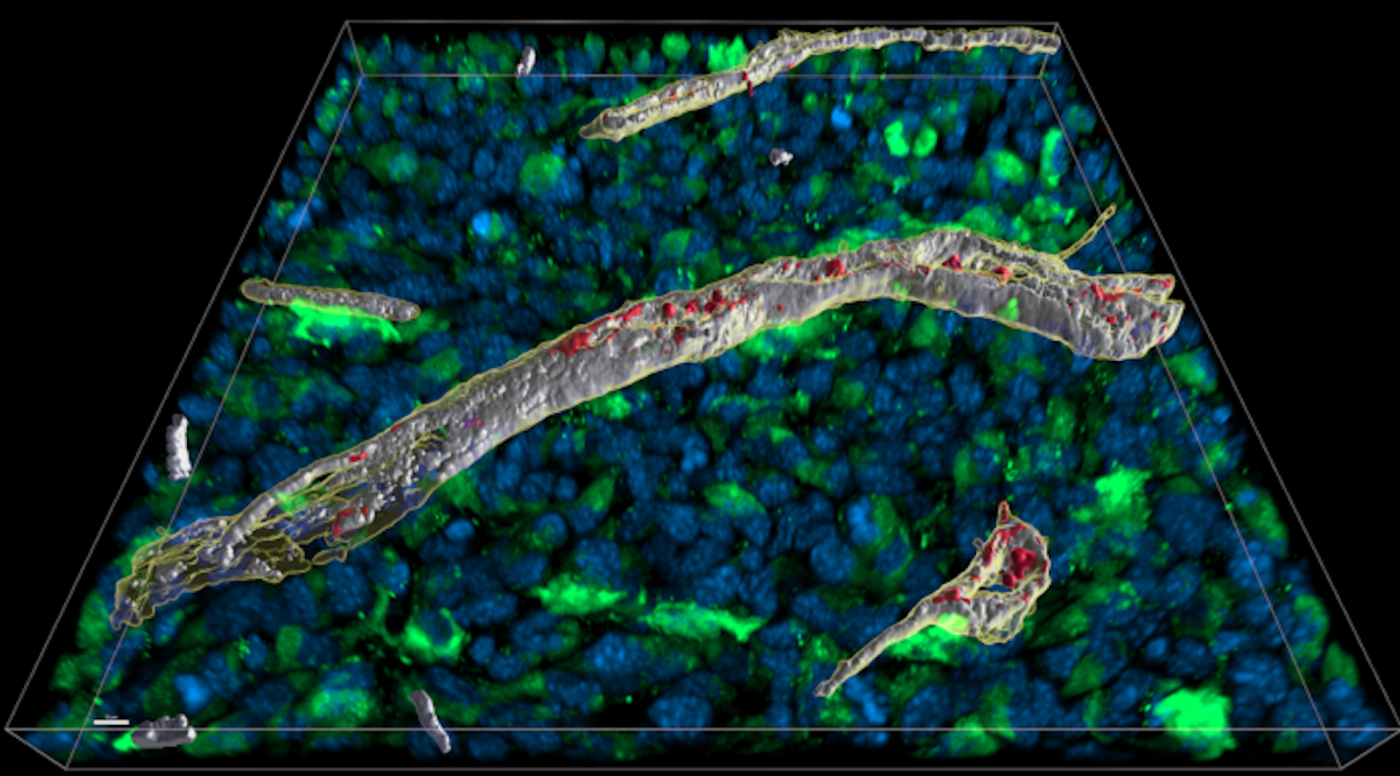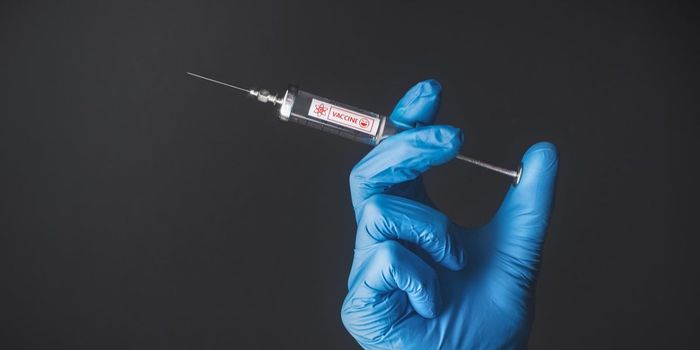Containing a Deadly Weapon - New Insights Into Immune Regulation
The immune system can mount crucial defenses when our bodies are threatened by pathogens. But those defenses have to be carefully contained. When processes in the human system go awry, serious diseases can result. Now scientists have learn more about how connective tissue works to control inflammatory molecules so they can act locally but don't spread throughout the body. The findings have been reported in Nature Immunology.
Cytokines are immune signaling molecules, and they help T cells communicate. Interferon-gamma is one cytokine that plays a critical role in the elimination of bacterial and viral invaders. Scientists have discoverd that this molecule uses a sequence of four amino acids to bind to the extracellular matrix that connects cells and mediates interactions between them. Interferon-gamma gets caught in that connective tissue, and cannot spread to other areas.
The study authors observed that while many parts of the interferon-gamma molecule are very different from one species to another, vertebrates all have a four amino acid sequence in common, called the KRKR motif. This commonality among very different organisms highlighted the importance of that sequence to the researchers, who followed up by developing a mouse model in which interferon-gamma levels could be controlled.
"We were already able to determine from this model that interferon-gamma becomes toxic very quickly, and that animals with high concentrations of this signaling molecule in their blood fall ill within a few days," noted study co-author Dr. Thomas Kammertöns of the Institute for Immunology at Charité.
When T cells secrete interferon-gamma, which contains the KRKR motif that has a positive charge, interferon-gamma binds to a molecule in the extracellular matrix called heparin sulfate, which has a negative charge. Heparin sulfate structure can vary from one tissue to another, which also suggests that the binding affinity for interferon-gamma may also vary, added study co-author Professor Hugues Lortat-Jacob of the Université Grenoble-Alpes.
The team developed another mouse model in which the KRKR motif was removed from interferon-gamma with CRISPR-Cas9. When the KRKR motif was gone, interferon-gamma was still able to act in the immune response. "For a long time, scientists have believed that the signaling molecule is dependent on this binding site to function at all. So we first had to prove that this is not the case," noted Kammertöns.
When mice lacking the KRKR motif were exposed to lymphocytic choriomeningitis virus, the levels of interferon-gamma (without KRKR) increased significantly, and the mice became ill because of those excessive cytokine levels.
There seem to be very powerful biological processes that control immune defense responses, and when they fail, the body can become damaged by the very processes that are meant to protect it.
"The mechanism we have uncovered shows that evolution has ensured toxic molecules generally act only where they are needed; that is, where the T cell recognizes a virus-infected cell," said first study author Dr. Josephine Kemna.
Sources: Max Delbrück Center for Molecular Medicine, Nature Immunology









